Matís 2011 annual report has now been published. Special emphasis was placed on international co-operation in a recent report. of the year
The report can be accessed here.

The report can be accessed here.
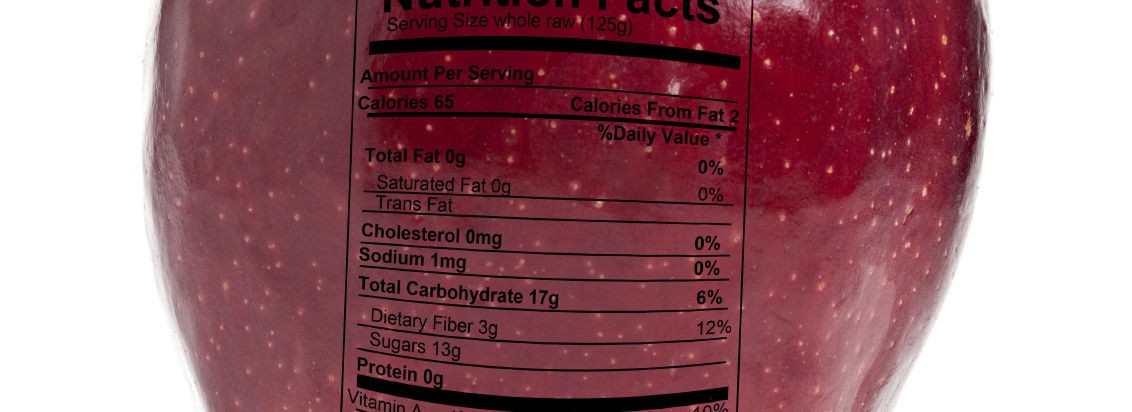
Winners are as follows:
| Code |
|---|
| 5hm2c |
| 7rdfw |
| Ygsbz |
| m6zwt |
| ahzmr |
Winnings can be visited in the Matís reception at Vínlandsleið 12, 113 Reykjavík between 08-16 every working day.
For further information Kolbrún Sveinsdóttir.

The development committee includes representatives of the company that manages its production, two representatives of Nofima in Norway, which is one of the largest companies in the world in the field of fish feed research and education, and Jón, who represents Matís. He says that his participation in this work in Chile is indisputably a great recognition of the knowledge that has been built up in this country in recent years in the development and production of feed for aquaculture.
"It started when I was approached about 10 years ago for participation in this job, but then I worked at Fóðurverksmiðjan Laxá hf. Since then we have met regularly in workshops in Chile and this long time underlines that the company has considered itself to have valuable knowledge for development in its feed production with less experience from Iceland, "says Jón in a conversation, but both the committee has worked with information on fish nutrition. , the composition of the feed and factors related to increased efficiency in feed production.
"Our work has brought about changes that have strengthened this company in competition and thereby strengthened the position of the owners, who are primarily fish producers in Chile. The production there is primarily Atlantic salmon, Pacific salmon and rainbow trout, so the feed development must be based on these species, "says Jón, but the development committee usually meets twice a year in Chile and works continuously for a week at a time.
"We review all the latest in feed science, discuss specific issues that may have arisen in the fire or production, review quality issues and we also do a lot of visiting the company's customers in Chile and talking directly with them. In my opinion, participation in this work is very valuable for us at Matís and Icelandic aquaculture. Both to keep up to date with the latest news at the moment, but also to form relationships with parties such as Nofima in Norway. Within the walls of that company, there are leading parties in aquaculture and feed production and it is important to create a good connection with them, "says Jón.
Further information: Jón Árnason

"There are usually groups of about 20 people who come to us for quality management studies and some of them then continue their work with us on their final projects which are then related to quality management and processing of fish," says Margeir.
The quality management course at Matís lasts for about five months. The first part is an introduction to the quality, safety and processing of seafood, followed by students' choice of specialties and projects. Supervisors in them then come from Matís.
"Those students who have done well with us often go on to master's and doctoral studies at the University of Iceland or universities in other countries, but these are all students who come from developing countries. The connections that have been created through our work for the United Nations Fisheries Academy are important for both Iceland in the future and our company. After all, Matís has received projects in these countries directly through connections to the United Nations University of Fisheries as well as our former students. Examples include seminars in Uganda and Kenya. There is no doubt that it is a great benefit for Iceland to connect with developing countries in this way in the field of fisheries, because with few exceptions, these students return to public administration positions in their home countries, "says Margeir.
Further information: Margeir Gissurarson
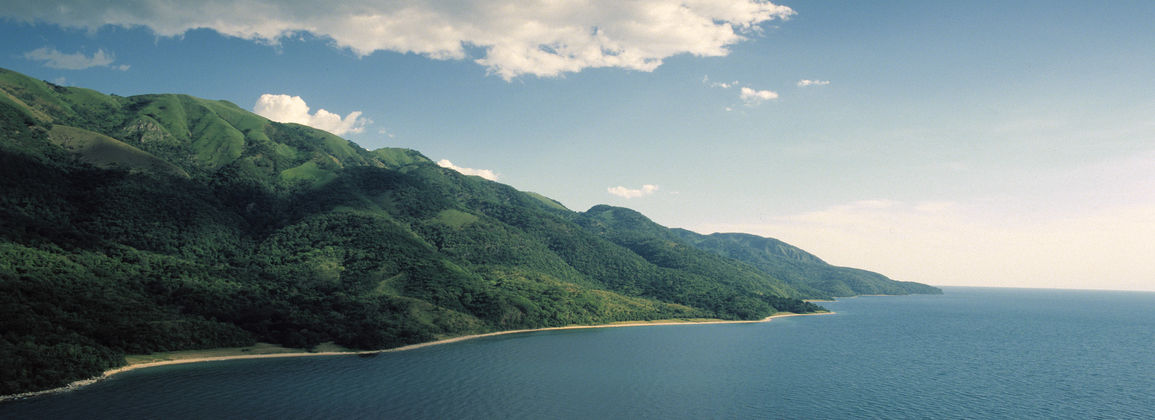
Lake Tanganyika is one of the largest freshwater lakes in the world, almost 19,000 square kilometers in size. The lake is also the second deepest freshwater in the world, 1500 meters where it is deepest. Four countries border the lake, i.e. Tanzania, Congo, Burundi and Zambia.
Tanzanians fish in Tanganyika, but both fishing and processing are primitive. Matís' project is, among other things, to assist in the development of methods to make better use of the fish and make it more valuable.
Matís has agreed with the Icelandic companies Ráðgarður Skipráðgjöf ehf. and Verkfræðistofa Jóhann Indriðason ehf. (VJI) for part of the project. Ráðgarður will provide advice and oversee the construction of a specialized vessel to be used for research on Tanganyika and fish stocks in the lake, while the VJI engineering office will manage procurement for the project. In addition, Matís has entered into an agreement with the company Goch in Tanzania, which will handle the socio-economic part of the project and communication with fishing communities on Lake Tanganyika.
"This project is a great challenge for us because the conditions there are all very primitive and different from what we know. We thus need to find ways to develop fish processing based on what is available, but we can not afford to have electricity, oil or other energy sources as elsewhere. A big part of the project is then about training and teaching the locals how to handle the fish and we will send people from us who will choose a few villages by the lake and guide the residents. It can therefore be said that part of the project will be carried out here at home and at later stages we will then work according to our plans on site. This will be a very exciting project that we expect to culminate in 2012, "says Oddur Már Gunnarsson, division manager at Matís, who is also the project manager of the Tanzania project. Together with him, Margeir Gissurarson, project manager at the Matís project, manages.
Further information: Oddur Már Gunnarsson
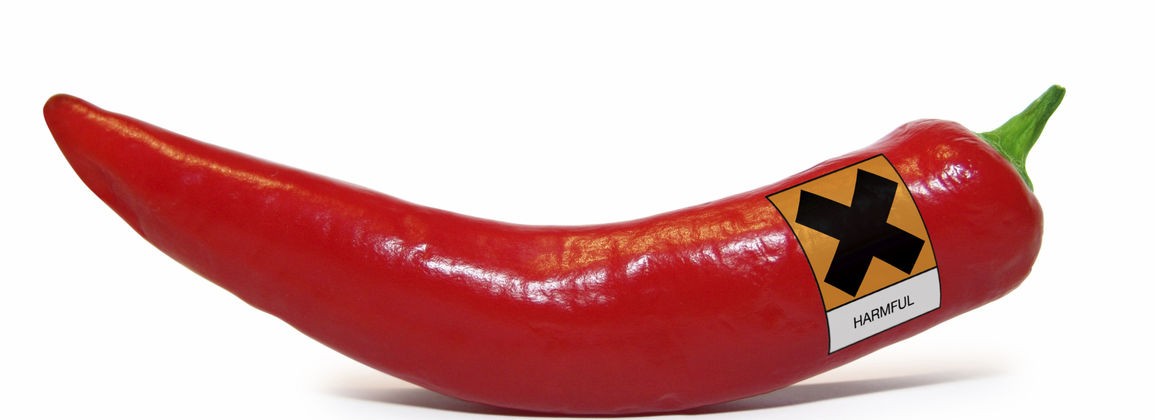
The title of the project in English is "Total Diet Study Exposure" which is translated into Icelandic as "A study of the total consumption of contaminants from food". Matís manages one of the 11 projects in the project and participates in a total of five projects
The project will develop methods to estimate how much people get from unwanted contaminants from food as they are on consumers' tables. The methods will then be used to measure how much people get from food contaminants in several European countries, including Iceland.
This project provides an excellent opportunity for coordinated research on the consumption of foreign substances in Iceland and in several other European countries. Matís conducts research on foreign substances and food safety. The project will be important to strengthen this area and promote increased food security in Iceland. The aim of the project is to conduct coordinated research on the consumption of undesirable contaminants in food in Europe.
In order to carry out harmonized research, the methods used for food sampling, measurement of contaminants in food, quality assessment of data, etc. must be harmonized. The intention is to test different methods that have been used in Europe and to define the best procedures for the research. It will also summarize which contaminants and foods are most important in assessing the total consumption of undesirable substances in the diet of Europeans, but such information is a key factor in making a risk assessment for the consumption of these substances and assessing their impact on human health.
The study of the total consumption of contaminants allows us to get a real estimate of how much we are exposed to unwanted contaminants such as heavy metals, persistent organic pollutants, fungal toxins and other contaminants from food as we eat them, ie fried, boiled, grilled, smoked, smoked, smoked. .
Key information for the project:
Matís total project cost: € 631,169, of which EU grant: € 497,997
Total grant amount of the EU project: € 5,967,951
Number of participants: 26 from 18 different countries
Further information: Helga Gunnlaugsdóttir
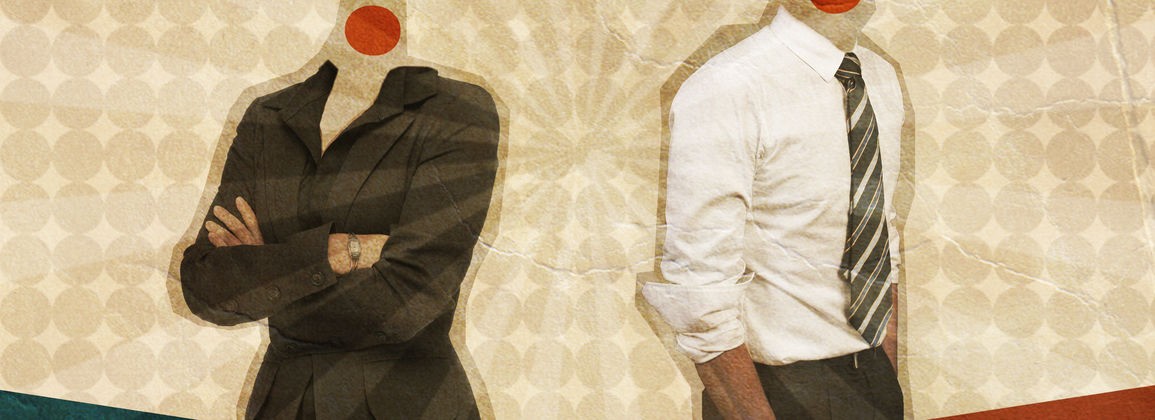
As before, high participation among students can be expected this year. Framadagar is therefore an ideal platform for companies to reach the future workforce of the nation by introducing themselves and their activities and thus gain a certain advantage over competitors in the race for the most qualified staff.
As usual, Matís will have a large booth and will present his activities throughout the day. Framadaga brochure 2012 can be found on the Framadaga website, www.aiesec.is/framadagar, but there are some fun commercials from Matís.
Further information can be found at www.aiesec.is/framadagar and with Jón Haukur Arnarson, jon.h.arnarson@matis.is or Steinar B. Aðalbjörnsson, steinar.b.adalbjornsson@matis.is.
About Framadaga
Framadagar is an annual event in university life where the 35 main companies in the country present their activities to university students. At Framadögur, each company will have a booth where you can get information about the company and get to know its employees. A number of mini-lectures will be held during the day, teachers from UI and RU will compete in a quiz and various other fun things!
The goal of Framadaga is for university students to get to know companies and thereby increase the chances of summer work, future work or project work for companies. At the same time, the company gets to know potential employees, whether they are summer employees or future employees. A real date for students and companies.
The bus run by Framadaga Háskólinn will run between UI and RU from 10: 45-16: 15 and will be available to everyone and there is no charge during this time.

Area of work
The job involves working in parallel with Matís' cooking to oversee the canteen, which serves breakfast and lunch that is cooked from scratch. Matís places great emphasis on the production of varied, fresh and healthy dishes for staff and guests, but at Matís' headquarters in Reykjavík there are approx. 100 people. Working hours are 8:00 - 14:30.
Qualification requirements
For further information, please contact Jón H. Arnarson, Human Resources Manager, tel. 422-5000, e-mail: jon.h.arnarson@matis.is
The application deadline is August 31, 2014.
Application processing:
All applications are treated as confidential. All applications for advertised jobs will be answered once the job has been hired. General applications are answered within 7 days and are stored for six months. Applicants are asked to resubmit general applications after six months if they wish to remain on the register.

The meat book is based on the Icelandic meat book from 1994, where parts of the meat carcasses are listed with descriptions of the type of meat in question; bone structure and muscle name. Now another chapter is ready, but it is about horsemeat. The web magazine is a collaborative project between Matís and the agricultural associations, graphic design was done by PORThönnun, the programming was done by Einar Birgir Einarsson and photos were taken by Odd Stefán Þórisson.
The project manager of the web-based Meat Book is Óli Þór Hilmarsson. He says that its goal is to gather information in one place about the names of muscles and how they are cut, and that there will be connections to recipe websites, utilization figures, published reports, recordings, book chapters and articles related to the type of meat in question. That is to say, that there will be everything you need to know about meat in one place and that the project is under its working title: "Information service about Icelandic meat".
Óli Þór says that in Iceland there are certain prejudices against horsemeat. "It is clear that there is always some demand, at least for foal meat, but the supply is not great. The nations we look up to in terms of cuisine, such as Italy, Spain and France, are big on horsemeat and use it in a variety of ways. I think it's only a matter of time before we Icelanders accept the horsemeat and go to see all kinds of horsemeat products, including sausages. According to a new survey by Matís, which was conducted last summer, consumption of horsemeat is insignificant in Iceland, or about 10 times a year among Icelandic men and five times among women. Horse meat is extremely tender meat and the utilization compared to bones is good. The main thing is that the fat can be a nuisance; both that sometimes it is full of her and then she has to crave if she gets too old. Horses are monogamous like pigs and therefore do not need time for fattening like bulls and lambs. Therefore, it should be easy in modern meat processing to prevent the development of horsemeat. "
Óli says that Icelandic horsemeat is fully comparable to horsemeat in Europe. "This is what meat buyers in Italy told us during the export there. The fatty acid composition of Icelandic horsemeat is much healthier than European horsemeat, but the main thing was that Italians complained about the small size of carcasses compared to other breeds of horses. "
Work has begun on the chapter on beef, but then the white meat takes over. It is estimated that it will take about two months to complete each chapter.
For more information Óli Þór Hilmarsson and Gunnþórunn Einarsdóttir.
This article is taken from Bændablaðið from 19 January. (http://bondi.is/lisalib/getfile.aspx?itemid=5315).
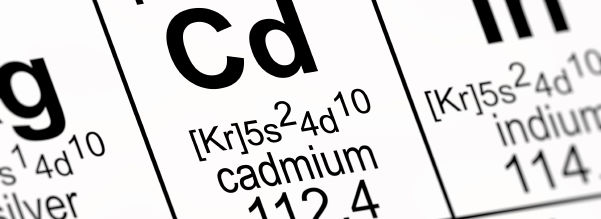
The explanation is that phosphate for fertilizer production contains different amounts of cadmium from nature. The Nordic countries have aimed to reduce the release of cadmium into the environment as much as possible. The use of cadmium in industry has decreased and maximum levels for cadmium in synthetic fertilizers have been set. There is currently a debate within the European Union on maximum levels for cadmium in fertilizers. Opinions are divided as the countries of Southern Europe make less demands than the Nordic countries.
Cadmium is one of the most toxic metals to humans and animals. The gap between the amount of cadmium that is harmless to humans and that which is harmful to health is not wide. The long-term effects of too much cadmium in the diet can be kidney damage. In recent years, it has been found that damage can occur due to less cadmium than previously thought (Alfvén et al. 1997).
More on this topic here.